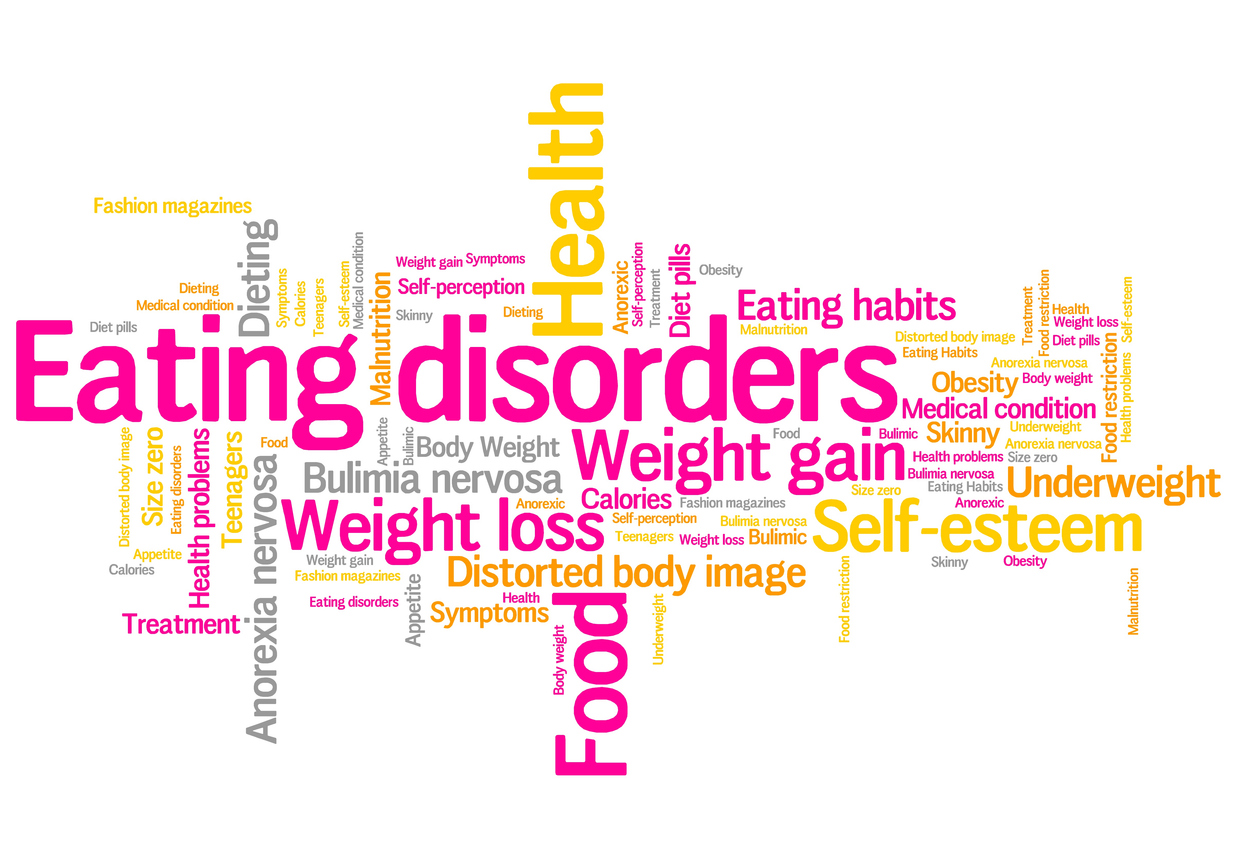Types of Eating Disorders and Their Symptoms
Eating disorders are complex mental health conditions that go far beyond food—they often involve deep emotional distress, distorted self-image and unhealthy coping mechanisms. Recognizing the different types and their symptoms is an important step toward understanding and support.

Anorexia Nervosa
Anorexia is marked by extreme food restriction, an intense fear of gaining weight and a distorted body image, often leading to dangerous weight loss and malnutrition.
Common Symptoms:
-
Significant weight loss or failure to gain expected weight in youth
-
Intense fear of becoming fat, despite being underweight
-
Restrictive eating patterns and rigid food rules
-
Excessive exercise or calorie counting
-
Distorted perception of body size and shape
-
Social withdrawal and denial of the seriousness of weight loss
Bulimia Nervosa
Bulimia involves cycles of binge eating followed by compensatory behaviors like vomiting, fasting or overexercising to prevent weight gain.
Common Symptoms:
-
Eating unusually large amounts of food in a short period (binging)
-
Feeling out of control during binges
-
Self-induced vomiting, misuse of laxatives or diuretics
-
Preoccupation with weight, body shape and dieting
-
Damaged teeth or swollen cheeks due to frequent vomiting
-
Frequent trips to the bathroom after meals
Binge-Eating Disorder (BED)
BED is the most common eating disorder and is characterized by repeated episodes of eating large quantities of food without purging, often accompanied by feelings of shame or guilt.
-
Eating more rapidly than normal and past the point of fullness
-
Eating alone due to embarrassment
-
Feeling guilt, disgust or depression after overeating
-
Frequent dieting without weight loss
-
Weight fluctuations or obesity
Avoidant/Restrictive Food Intake Disorder (ARFID)
ARFID involves an extreme avoidance of certain foods or food groups—not based on body image concerns—but often due to sensory sensitivities, fear of choking or a lack of interest in eating.
Common Symptoms:
-
Extreme pickiness or refusal to eat certain textures, colors or smells
-
Weight loss or poor growth in children
-
Nutritional deficiencies or reliance on supplements
-
Anxiety around mealtimes
-
No desire to gain or lose weight, unlike other eating disorders
Other Specified Feeding or Eating Disorders (OSFED)
OSFED includes disordered eating behaviors that don’t meet the full criteria for other diagnoses but still cause significant distress and health risks.
Common Examples:
-
Atypical anorexia (significant weight loss despite being within or above normal weight)
-
Purging disorder (purging without bingeing)
-
Night eating syndrome (eating large amounts after bedtime)
There is Hope.
Eating disorders can affect anyone—regardless of age, gender, body type or background. They are serious, but treatable. If you or someone you know shows signs of an eating disorder, reaching out to a healthcare provider or mental health professional is the first step toward healing.
